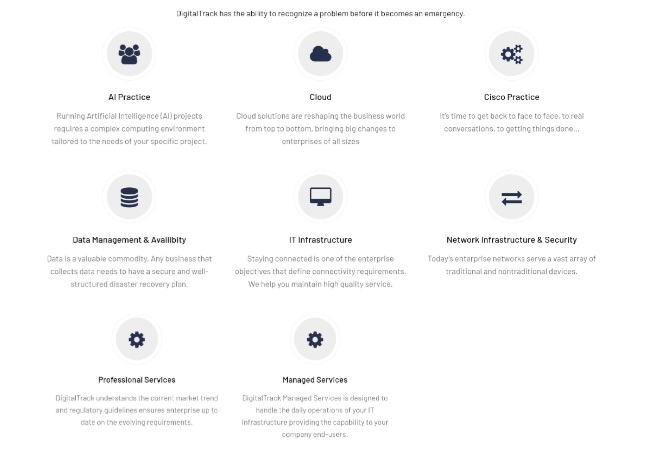B Swaminathan
The COVID-19, also known as the coronavirus pandemic, had pushed organisations to adopt remote working methods and forced employees to work from their homes, which brought new security risks. Cyber incidents have become a major problem for large corporations, small businesses and individuals alike. No one is immune from a potential attack, which means everyone in an organization must play a role in safeguarding assets. It is said that 30 percent of enterprises are set to adopt cloud-delivered secure web gateway, cloud access security brokers, zero-trust network access, and firewall-as-a-service from the same vendor.
Here are the view points of some of the leading IT Decision makers from BFSI, Mining, Manufacturing and Healthcare have to say about the COVID pandemic that has impacted the world.
Sourav Das, CDIO – Essel Mining & Industries Limited at Aditya Birla Group

In the Mining sector, both the pandemic as well as the regulatory changes are making the sector more competitive and hence going Digital is no more an option, rather it is one of C Suites top agenda. With a seamless transition between remote and in-person working styles driving productivity & collaboration tools, to automation like RPA – business has taken to it like fish takes to water. Data Lakes are being architected, as Digital becomes the theme with Data at its core. AI models & algorithms are matching business functions to smartly predict critical outcomes. Even evolving technologies like Low Code & No Code are finding increasing adoption. Finally, Security remains the non-compromising agenda with defense builds and mock drills like Red Teaming & VAPT, are on the priority list.
Prasanna Lohar, VP-Technology ( Digital , Innovation & Architecture ), DCB Bank

In the last few years, few of the key learnings of the BFSI sector are concepts like RPA, AI, to have better cyber security tools in the system. One key learnings which the entire industry started realizing is that their people, process, procedures and policies should be ready to address the unexpected happenings around us. Not just pandemic, let us take, for example, there is some other natural calamity- we cannot have different cyber security policies for each and every occasion. Thus, ensuring business continuity is the key in every possible aspect is the key learnings during the pandemic.
Biju Velayuthan, CIO, G.Kuppuswamy Naidu Memorial Hospital.

As far as the health care sector is concerned, most hospitals found a huge demand for tele-consulting. A patient does not need to visit a hospital for a treatment. Since we are dealing with patient details, data is highly critical for us and at times we need to deal with both internal and external agencies. In the past two years, there is a huge adoption of technology among doctors and privacy issues started impacting the top management too.
Anand Mangalam, Group Chief Information Officer – Arjas Group

Ransomware remains a top threat for companies. Ransomware attacks have increased 239% since 2019. The cost for a business to recover from an attack has increased 228%. Cyber crime up 600% Due to COVID-19 Pandemic It is estimated that, worldwide, cyber crimes will cost $10.5 trillion annually by 2025. The global annual cost of cyber crime is estimated to be $6 trillion per year. Cyber crime costs make up a value worth 1% of the Global GDP. On average, a malware attack costs a company over $2.5 million (including the time needed to resolve the attack.Ransomware is 57x more destructive in 2021 than it was in 2015.
Aside, It’s not surprising that construction and manufacturing are top targets for ransomware. These industries are in a constant wave that flows with the ups and downs of the economy. Because of this, much of their work is project-based and recurring revenue is rare. It’s good to see that most business leaders recognize the threat that hackers can pose and are keen to tackle the issue head on, the lack of internal expertise often delays the initiative. Instructing a suitable external partner can accelerate the improvements needed whilst the company concentrates on its manufacturing output.
THIS ARTICLE IS POWERED BY




